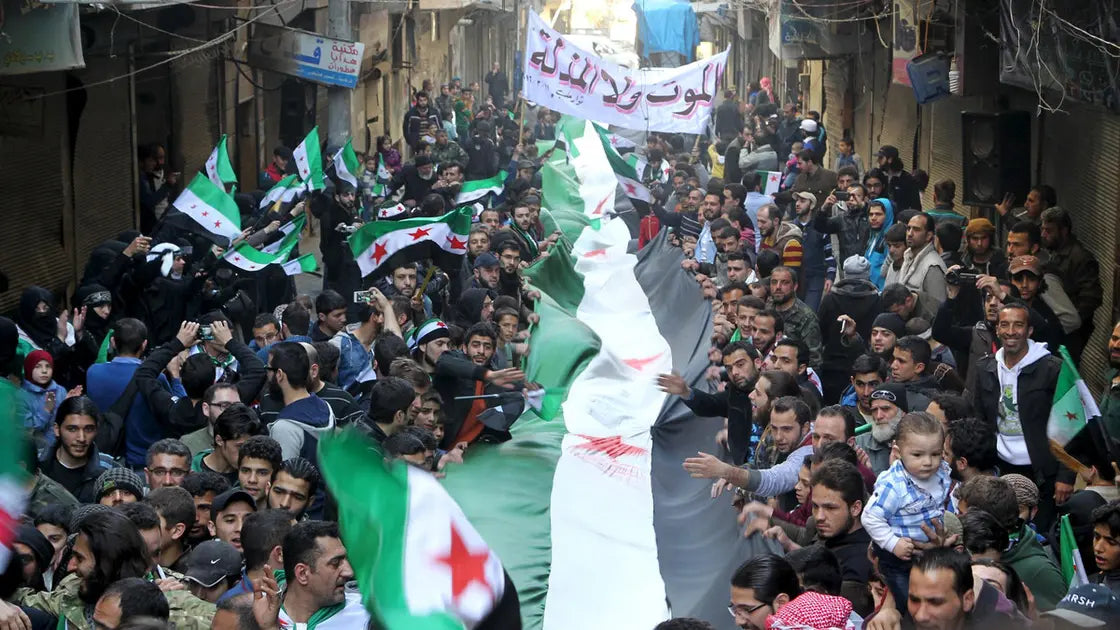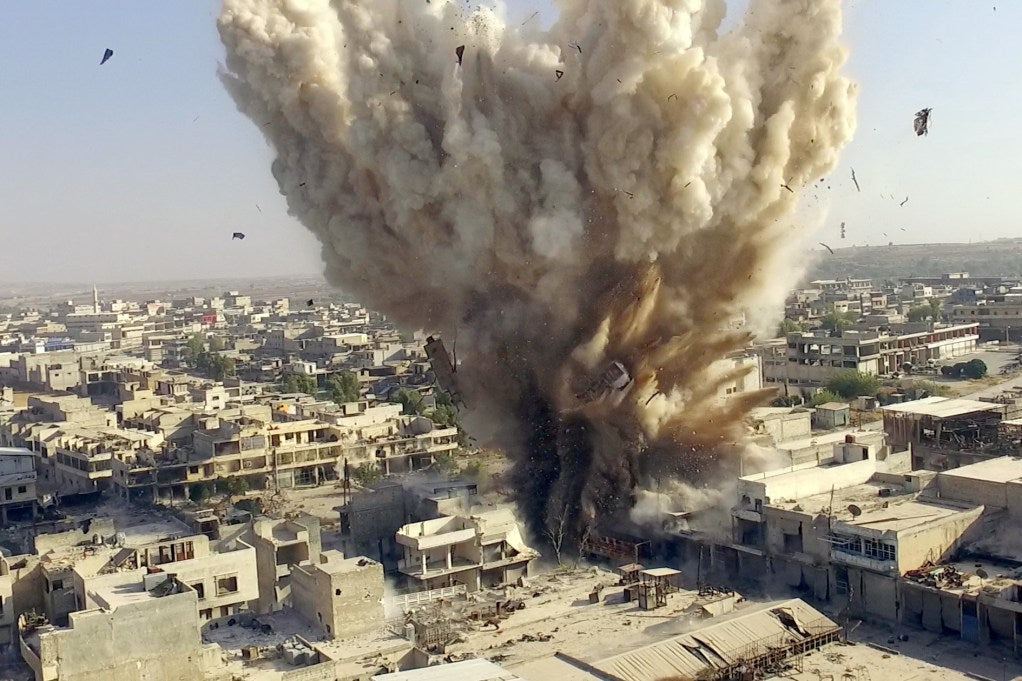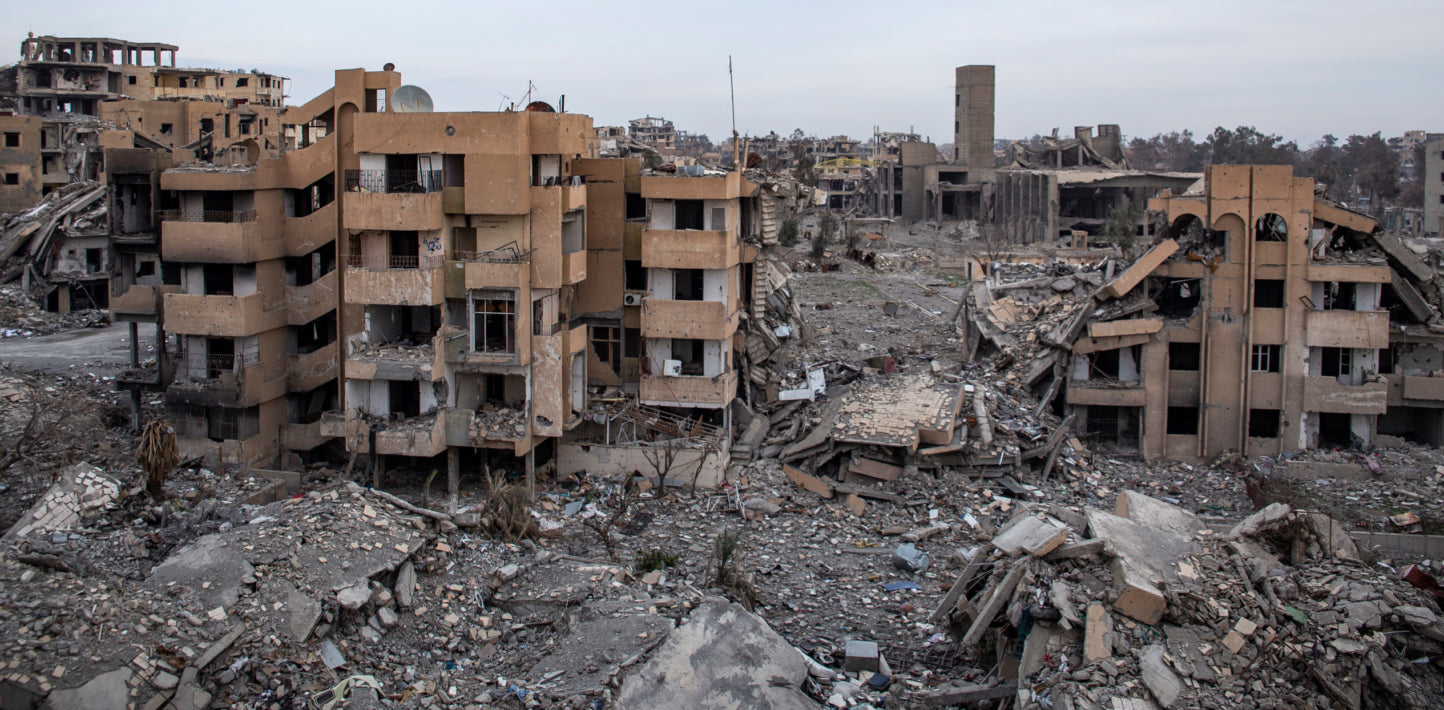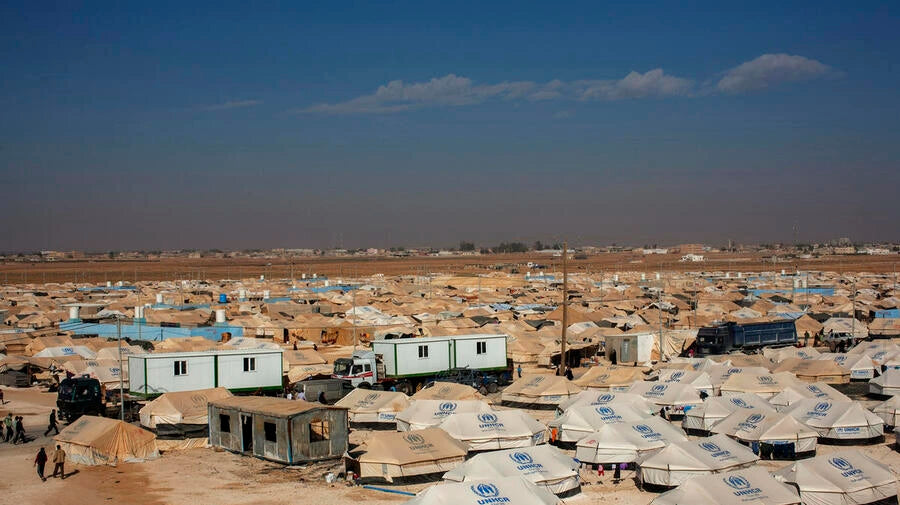The Syrian Revolution, 2011

On March 15th, 2011, Syrians took to the streets to demand an end to the Bashar Al-Assad dictatorship. Thousands of Syrians raised the free Syrian flag, marching hand in hand in peaceful protest. It was a moment of pride and hope - inspired by the Arab Spring, Syrians had finally banded together to topple their oppressor.

The protests were sparked by the city of Deraa, where four local kids spray painted anti Assad graffiti in the streets. The kids were kidnapped, tortured, and murdered by the Assad regime. Consequently, the city, and the whole country, lit up with revolution.
Less than a week after the protests began, Syrian dictator Bashar Al-Assad responded with bombs targeting protestors. Airstrikes leveled entire cities as the country fell into a civil war between the government and the Free Syrian Army (FSA). The war lasted only two years before turning into a one sided massacre. Assad attacked liberated FSA strong holds with sarin gas on August 21st, 2013. This marked the beginning of over 300 chemical weapons attacks, the last of which was a chlorine gas attack on April 7th, 2018.

The massacres continued non stop from city to city. With the help of Russia, Iran, and Hezbollah, Assad bombed hospitals, schools, civilian, and historical sites across Syria. The Free Syrian Army had essentially stopped being a militant group and dissolved into Syria's primary first responders called the White Helmets. Despite the decrease in armed resistance, Assad continued murdering civilians with sarin, mustard, chlorine, and a plethora of other chemical weapons.

Cities that had been liberated by the FSA fell back into the tyranny of Assad. However, Assad was unable to regain much of Syria's northern provinces. Acknowledging this defeat, Assad's tactic was to siege cities, starving the population until dissenters and residents agreed to be exiled to the north. Unfortunately, extremist groups were also exiled to the north, the northern areas are controlled by defacto governments.
Although Syrians still cannot realize the freedom and democracy they yearn for, Assad lost a big portion of his influence when he lost northern Syria. Assad, Russia, Iran, and Hezbollah are still regularly bombing northern Syria in an attempt to subdue dissenters.

There is much more to explain, but the most important is the humanitarian cost. Assad murdered 500,000 innocent civilians, and displaced 12 million Syrians who live as refugees to this day. 100,000 Syrians have gone missing since 2011, likely abducted by the dictatorship and locked up in one of Assad's many torture prison.
Noria envisions a free Syria without the tyranny of Bashar Al-Assad. We carry the trauma of our people, never forgiving nor forgetting the war crimes committed against us. We will continue to demand justice for the atrocities committed in Syria until a democratic Syria is finally realized.
